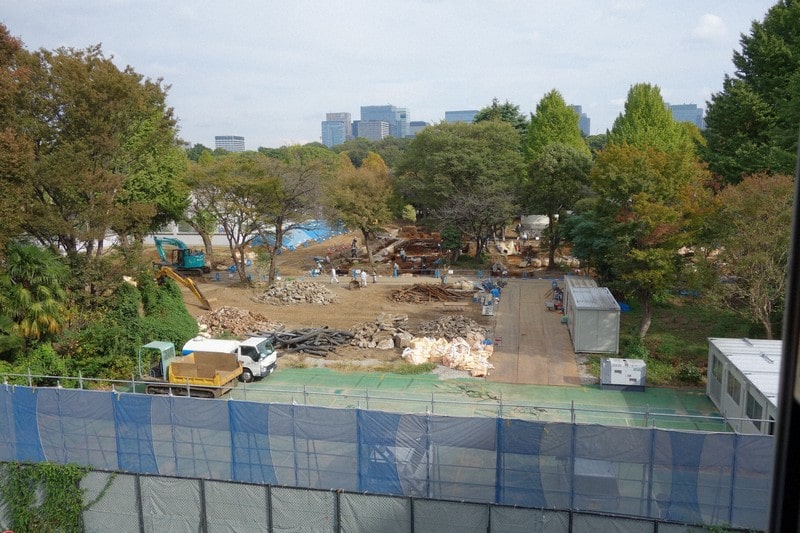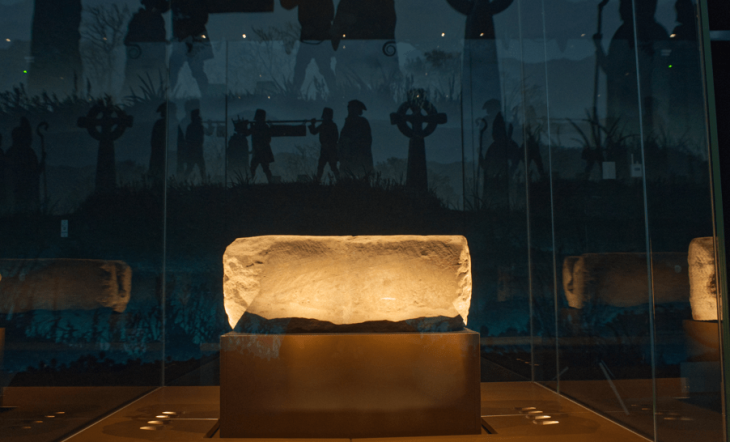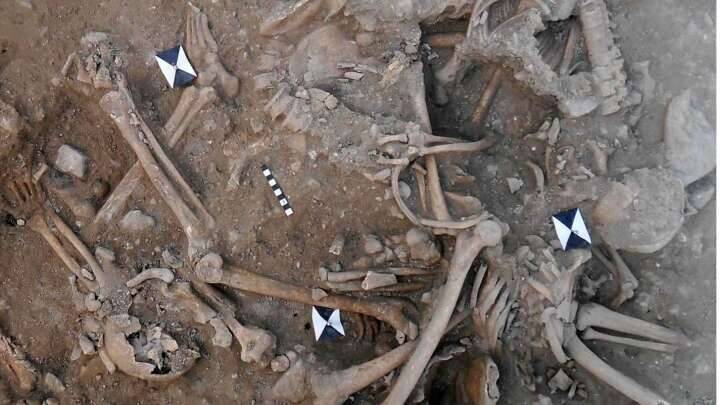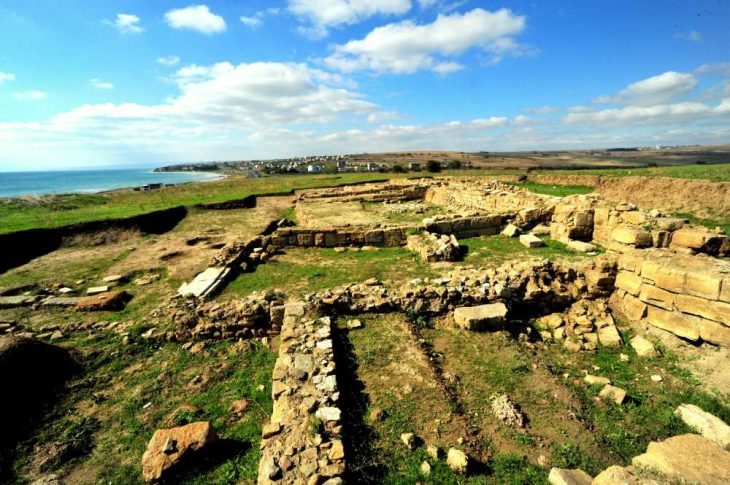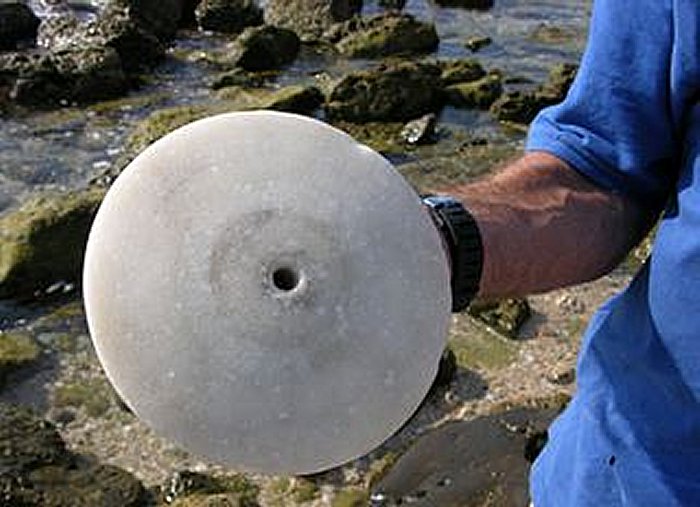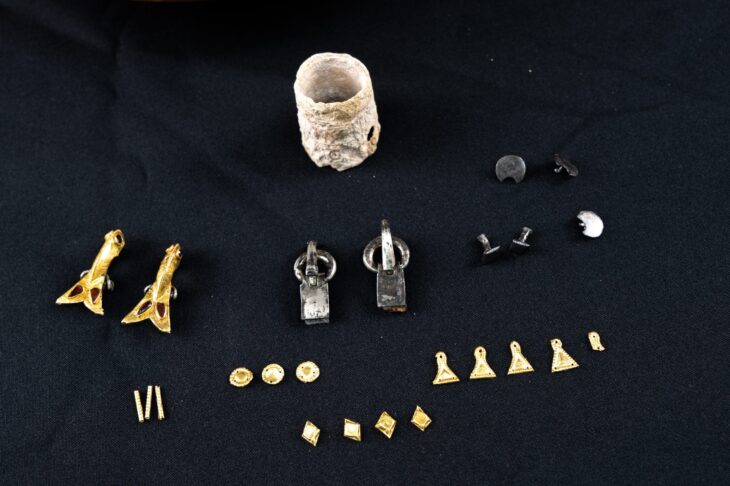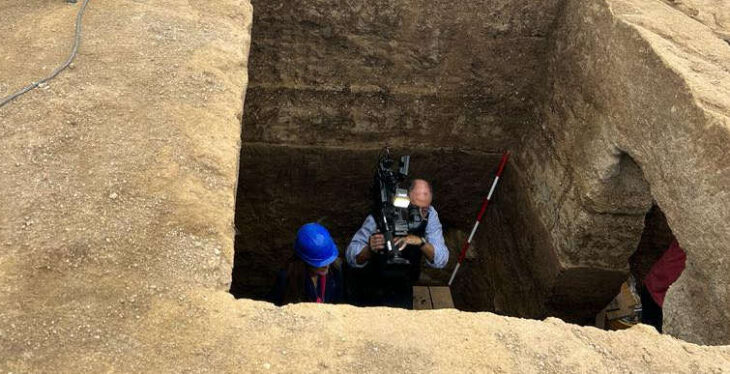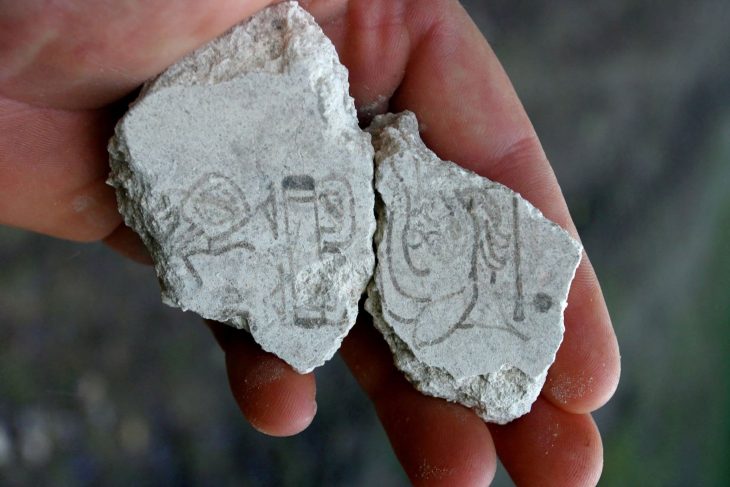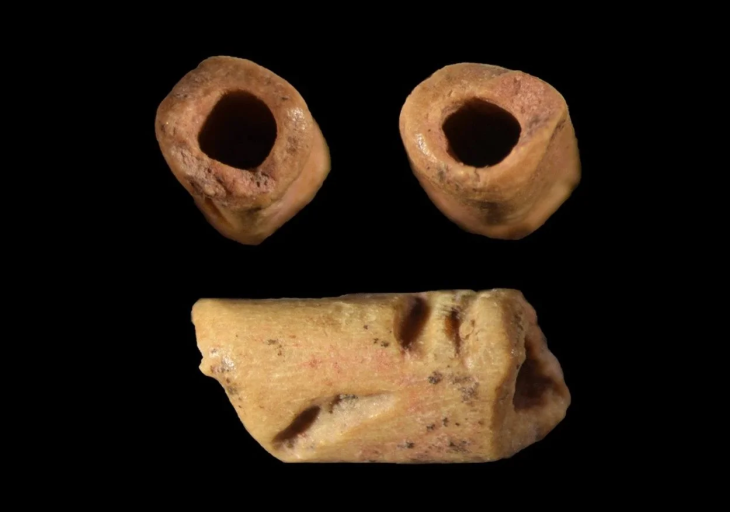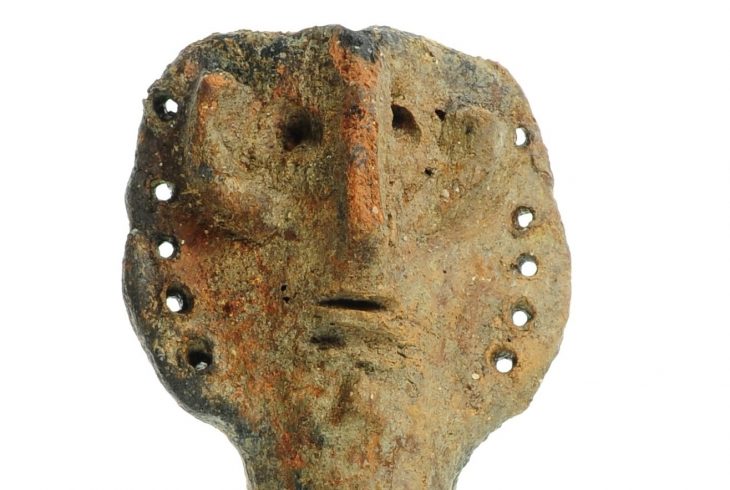Excavations at the former site of the British Embassy in Tokyo’s Chiyoda Ward have uncovered the remains of a Yayoi period settlement (between about the 9th century BC and 3rd century AD).
The site is being redeveloped by Mitsubishi Estate Residence and others, and so far 28 pit dwellings from the Yayoi and Jomon periods have been identified.
According to Mainichi Shimbun, Yayoi period pit dwellings dating from the early 1st to 2nd century AD were discovered on the site as of late October. Three Jomon period (13,000 BC to 400 BC) dwellings were also found, one containing shellfish remains.
Additionally, 4 more dwellings from uncertain eras were identified, along with Yayoi and Jomon pottery fragments, Early Modern period water pipes and wells, and basements.
The Yayoi period (400 BC to 300 AD) is a pivotal period in the history of Japan during which Japan starts cultivating rice and the first sedentary communities appear. It was also the time of the famous kingdom of Yamatai, ruled by the legendary princess Himiko.
Professor Ideshi Ishikawa of Meiji University (Archaeology) remarked: “I was surprised to find ruins at the heart of Tokyo. Particularly for the early Yayoi period, settlements with this number of dwellings have hardly been found in the southern Kanto region before. These shed light on lifestyles at the time and are academically invaluable discoveries.”
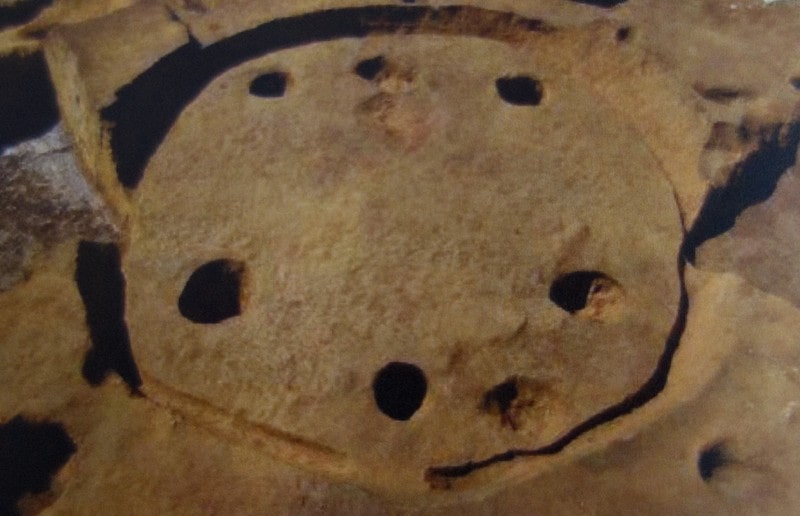
While Chiyoda Ward regards these ruins as a major find, they do not presently qualify for designation as a nationally protected historic site. The current policy is to document the excavations then re-cover the site.
Consultations were held between the Ward and Mitsubishi Estate Residence on preserving part of the site or holding public briefings after announcing the discovery, but the company did not agree and these plans were abandoned. Developers’ and landowners’ wishes take priority regarding treatment of excavated ruins, and similar cases are not uncommon in Japan.
Observers noted the property had not been excavated since the beginning of the Meiji Era (1868-1912), so ruins might have been hidden beneath the surface.
With this in mind, the Chiyoda Ward government conducted an exploratory excavation on site this February with Mitsubishi Estate’s consent, revealing the ancient settlement. Construction was postponed, and the survey began in June.
The archeological survey will run until March 2024, covering some 7,700 square meters, only about 3,700 of which have been examined so far, raising the strong possibility that more remains will be found.
However, there are no plans to preserve the archaeological site, which will be backfilled after excavations and a condominium constructed on the land. No on-site briefing will be provided to the public, underscoring the difficulties in utilizing ruins found in central Tokyo.
Cover Photo: An archeological dig site is seen at a site formerly a part of the British Embassy grounds and now slated to become a condominium in Tokyo’s Chiyoda Ward. Photo: Mainichi/Akihiro Kawakami

